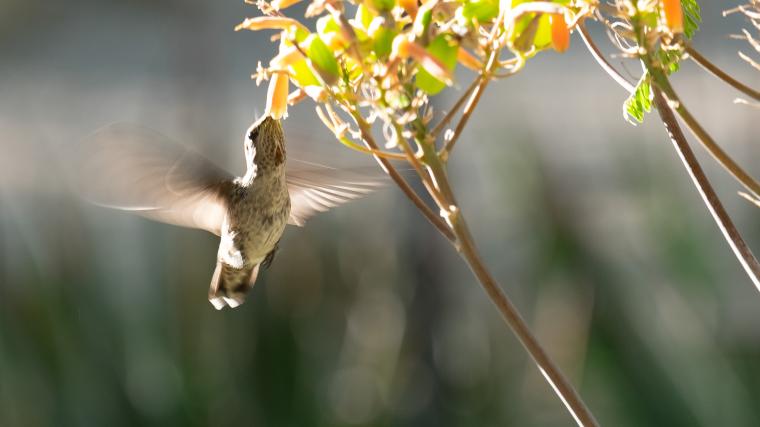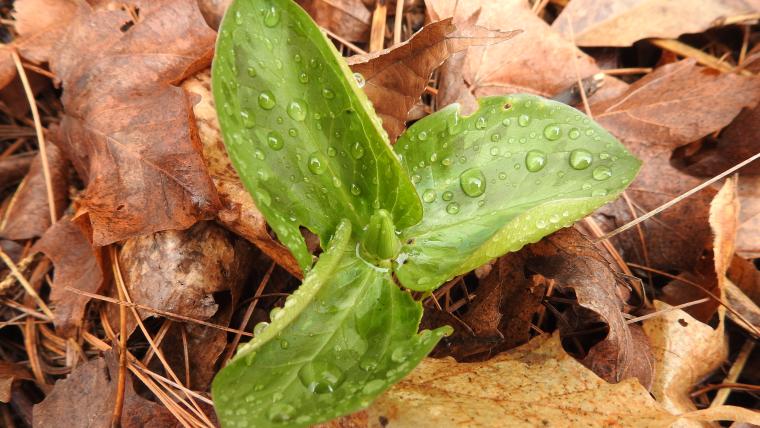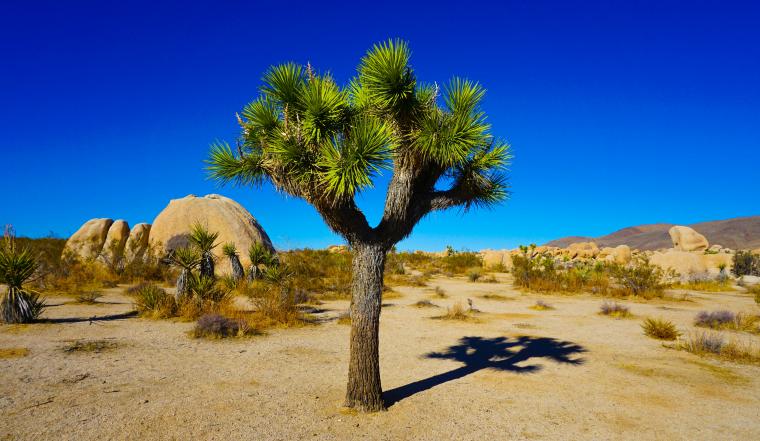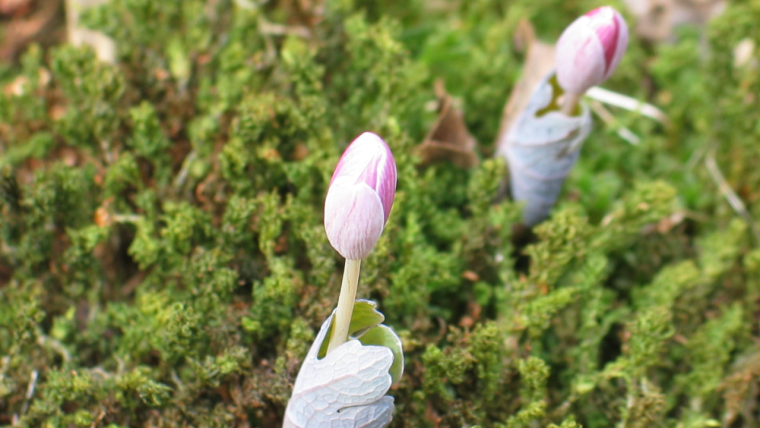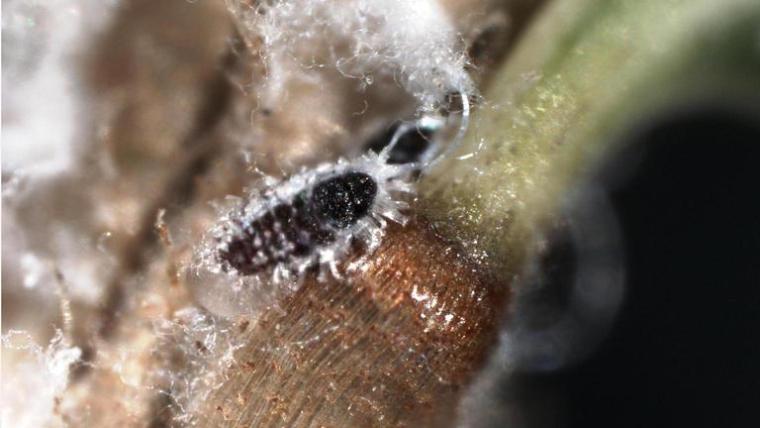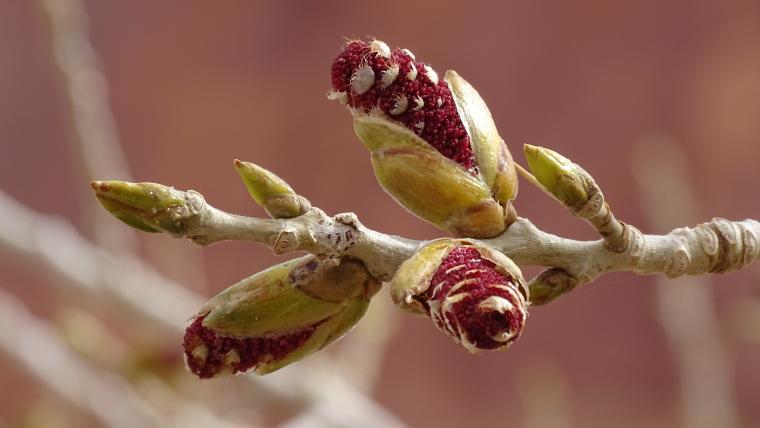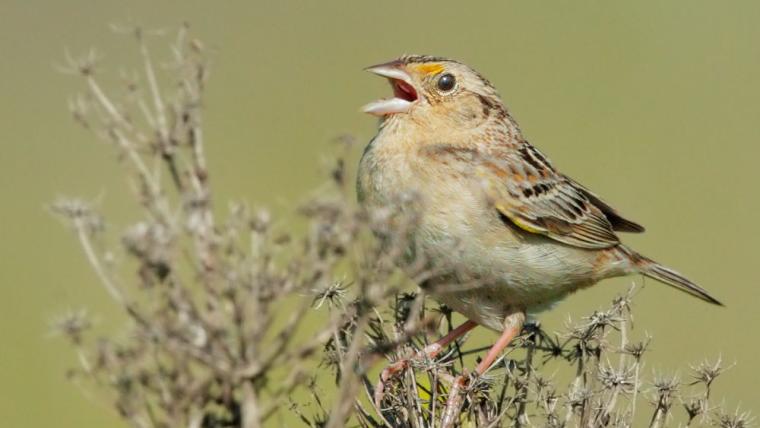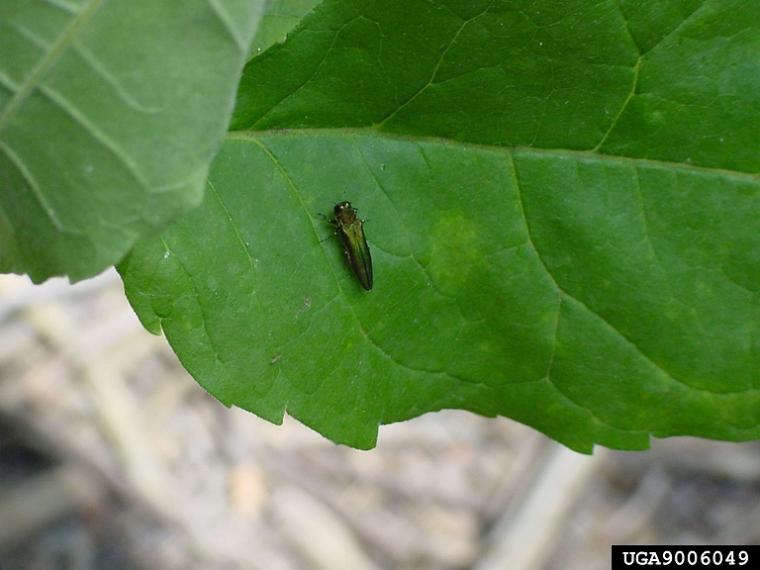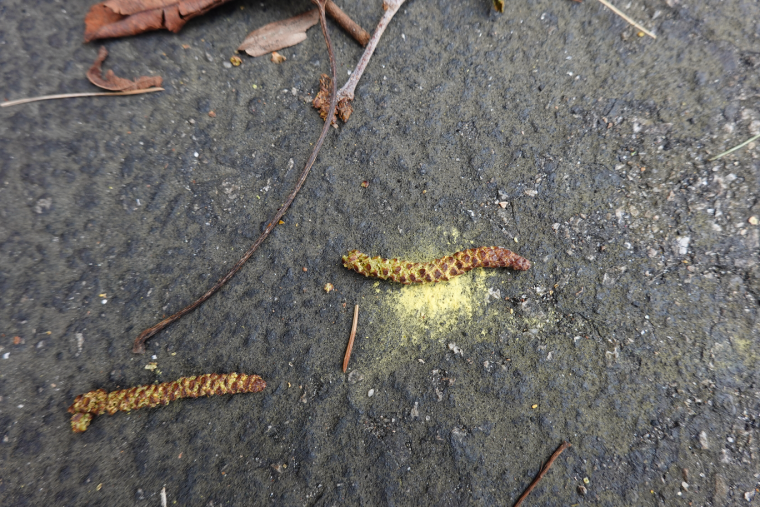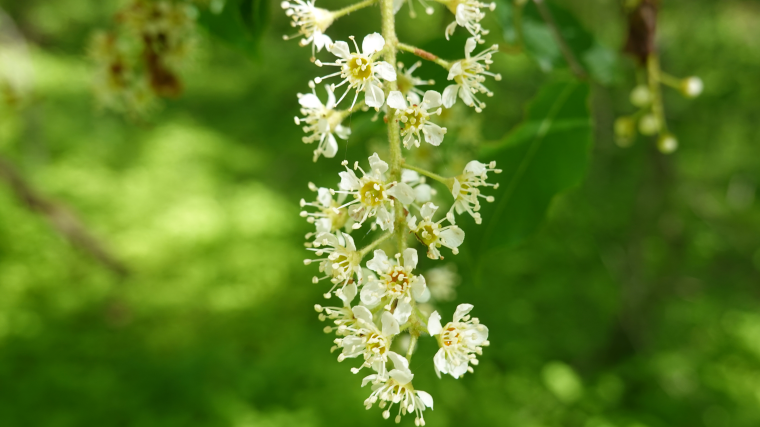
A more complete picture of the timing of spring
Thu, Mar 13, 2025
How early is spring this year and how does it compare to years past? We can answer this question using observations of plants and identifying the weather conditions that are needed for plants to leaf out and flower. For many years, the USA-NPN has shared maps, called the Spring Leaf Index and Spring Bloom Index, that show when weather conditions associated with events that signal the start of spring reached. However, an early start to spring does not necessarily mean that subsequent springtime events will also occur early. So, a team of researchers used thousands of observations submitted to Nature’s Notebook to identify conditions associated with events that occur later in the spring. And soon, maps for a Late Bloom Index, that depict the timing of activity in the latest-blooming plants will be added to the USA-NPN Status of Spring website. This new index, combined with the usual Spring Leaf and Spring Bloom Indices, will give us better understanding of how spring is progressing each year.
